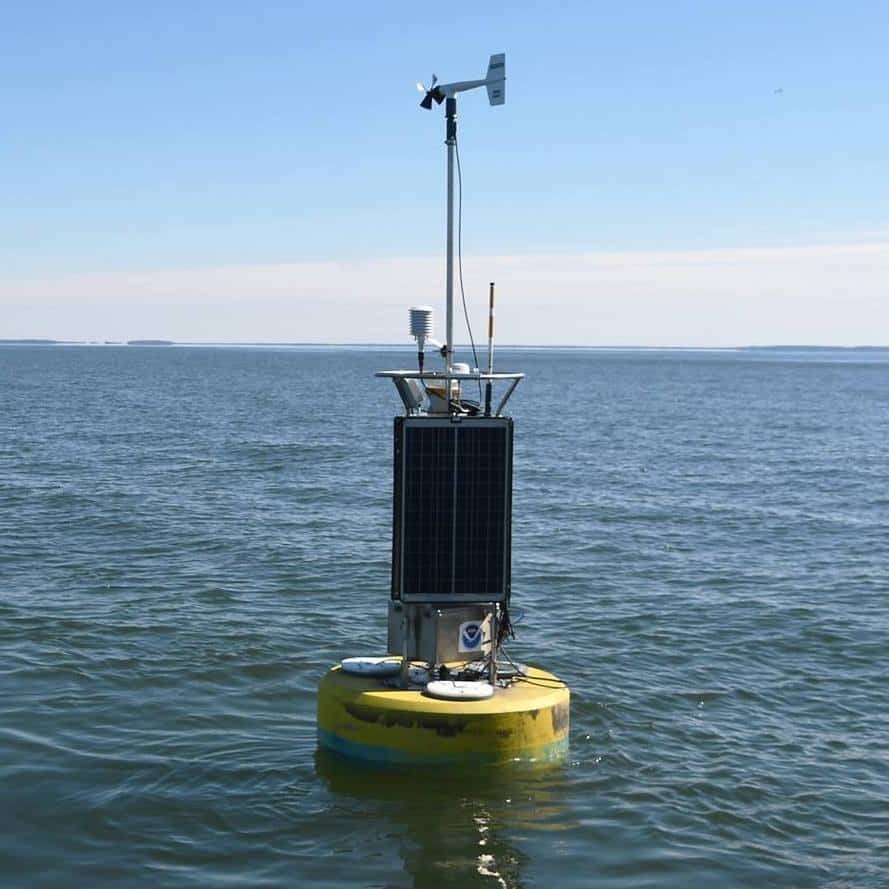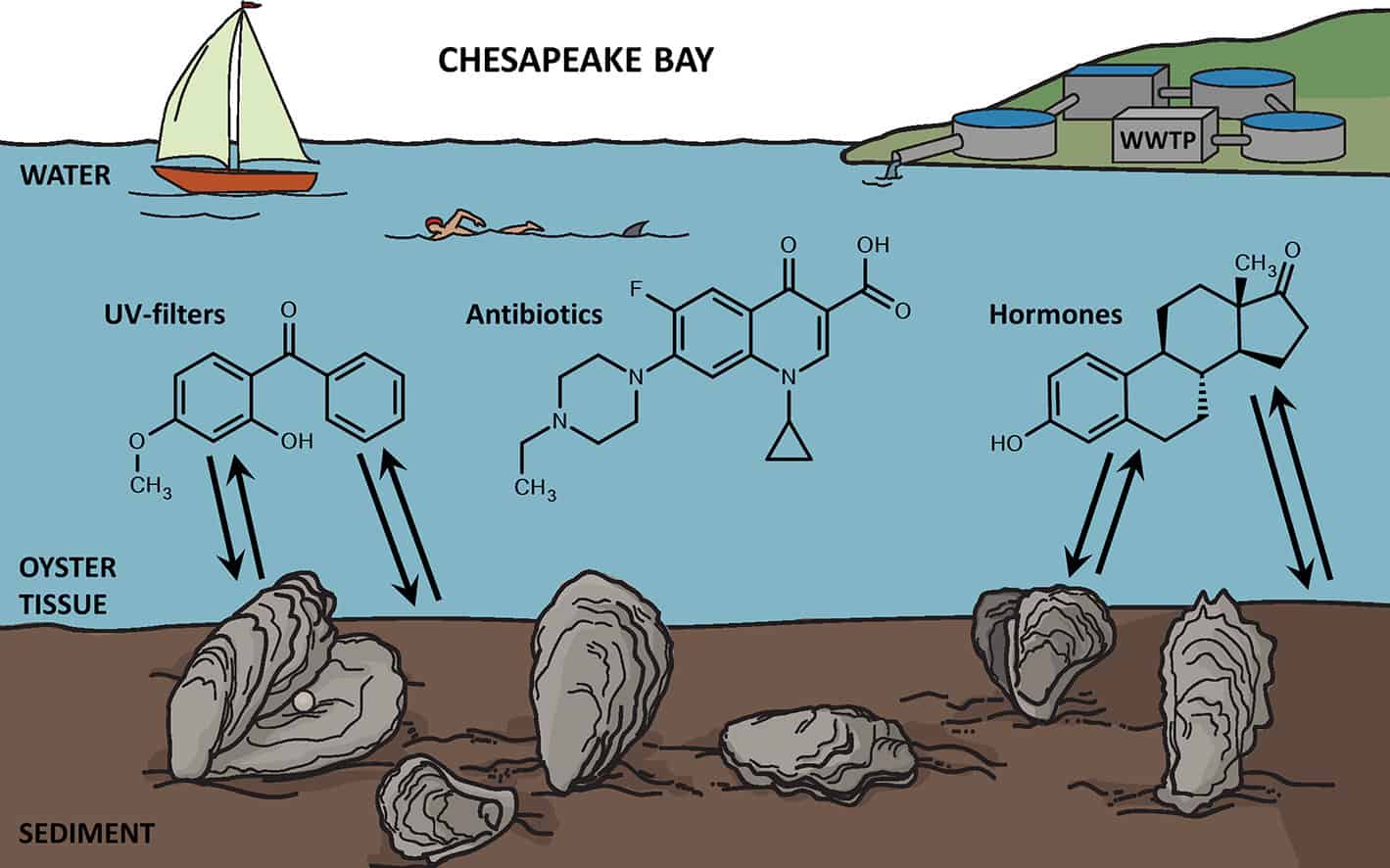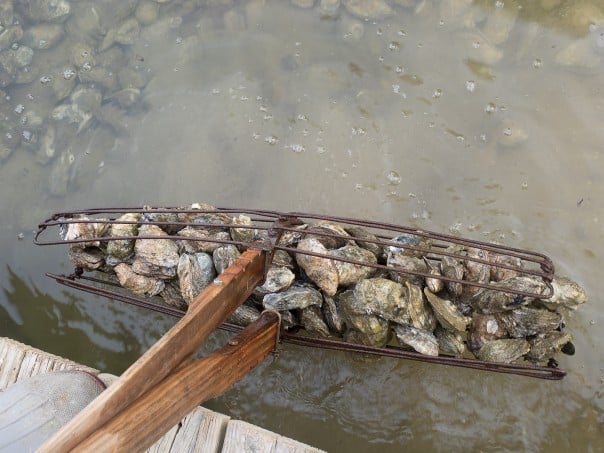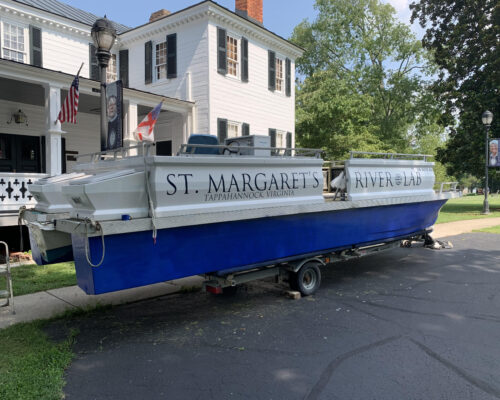In an estuary like the Chesapeake, the only constant is change: a super-dry September is bringing the Bay’s salinity back to normal. The “flash drought” of the past two months has reduced river flows by as much as fifty times from last year’s and this spring’s high rainfall.
The change has affected salinity all over the Chesapeake system. For example, according to the NOAA Chesapeake Bay Interpretive Buoy (CBIBS) at Jamestown, the salinity in the James there has increased since June from about 1.0 Practical Salinity Unit (0-3 PSU is considered fresh, seawater is 30-35 PSU) to 8.1 on Tuesday (a little above normal for October). At the mouth of the Potomac, just inside Point Lookout, salinity has increased from 7.0 to 17.5 PSU over that period.
The numbers and trends are similar for the other CBIBS buoys currently online from Annapolis to First Landing, just outside the Chesapeake Bay Bridge-Tunnel. If you’d like to follow these trends yourself, and receive other near-real-time information on weather conditions and water quality, visit www.buoybay.noaa.gov and download the free Smart Buoy phone app from the App Store.
Fortunately, most of the critters we love can live here precisely because they can adjust to salinity changes. The extreme nature of the past twenty months has caused stress, most notably in slow growth rates and some mortality in oysters, but now they are happier.
Meanwhile, mature female crabs (sooks) that have mated over the summer are finding the salinity they need for their eggs to develop as they migrate down the Bay to their spawning grounds, and fish like sea trout (specks) are more comfortable, spreading out into more areas like the Upper Bay and rivers like the Rappahannock.
The Chesapeake’s capacity for this kind of resilience appears to be improving slowly, as farmers and municipalities improve our land’s capacity to catch, store, and filter rainwater, but increasing weather extremes will likely continue to test Bay life.
-John Page Williams




